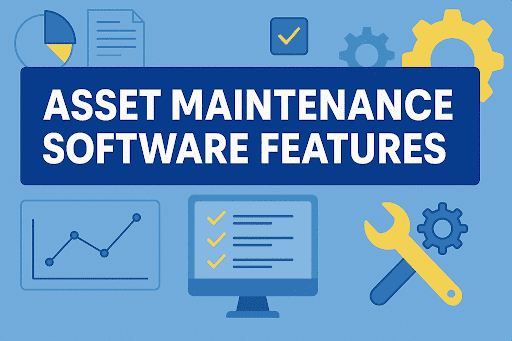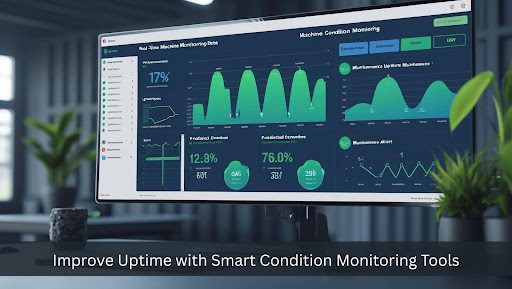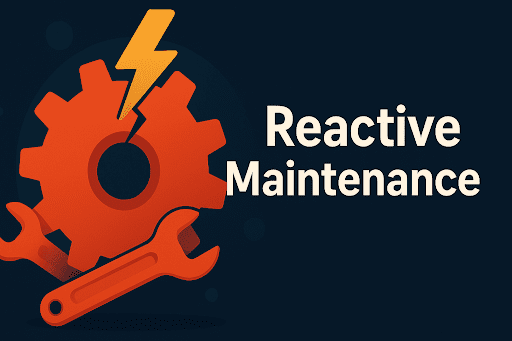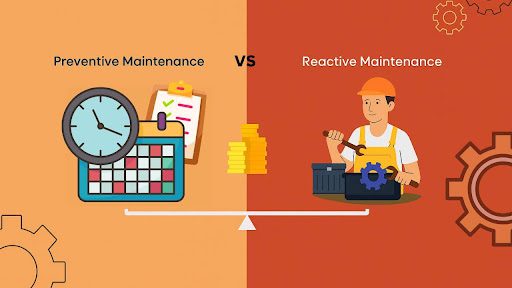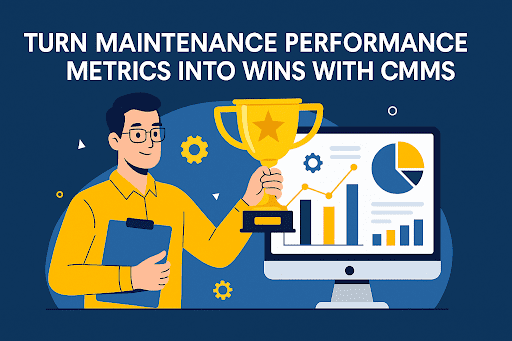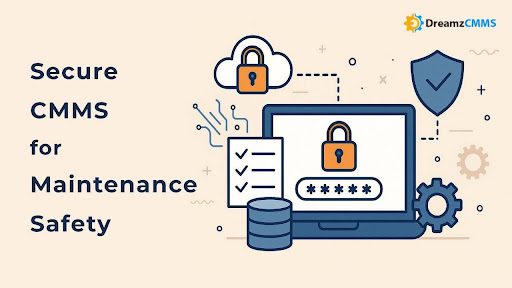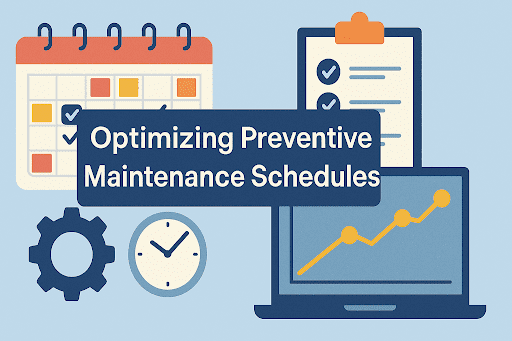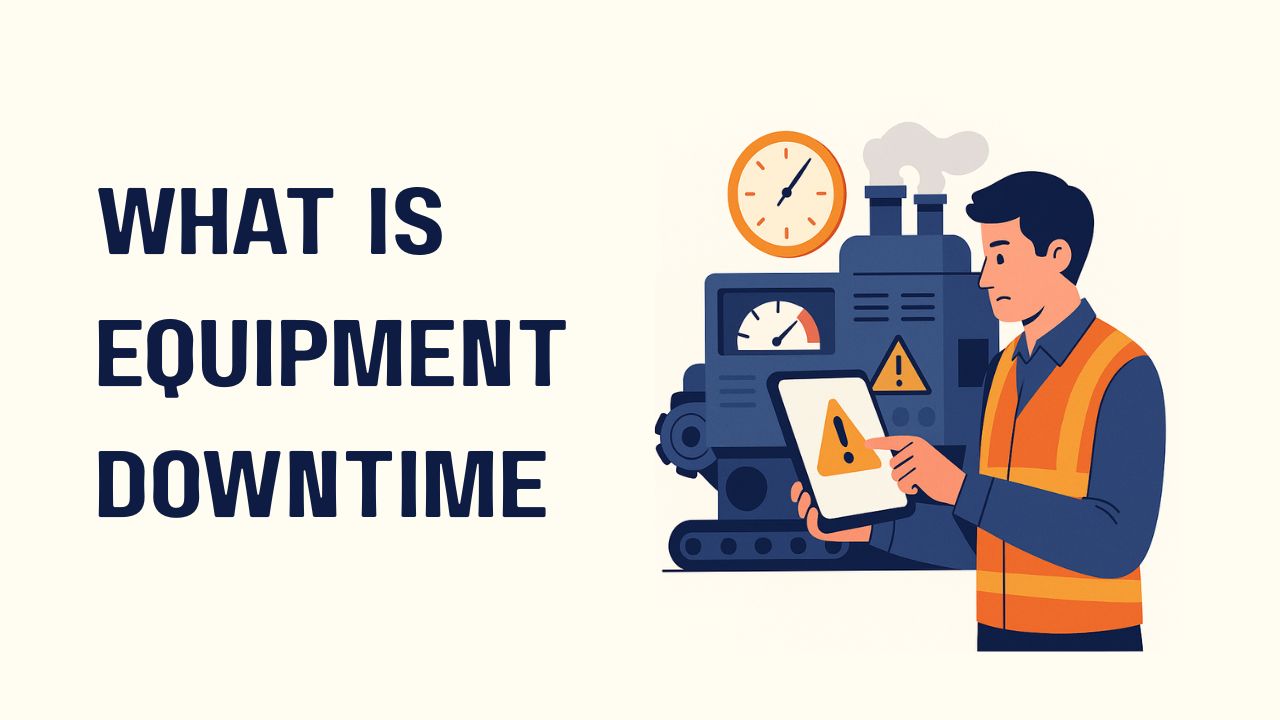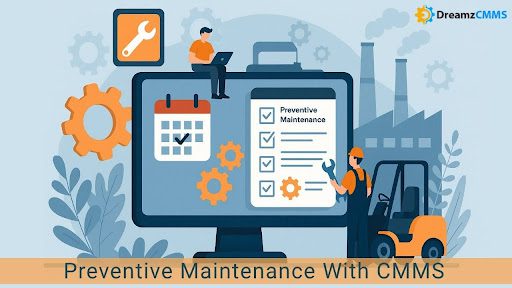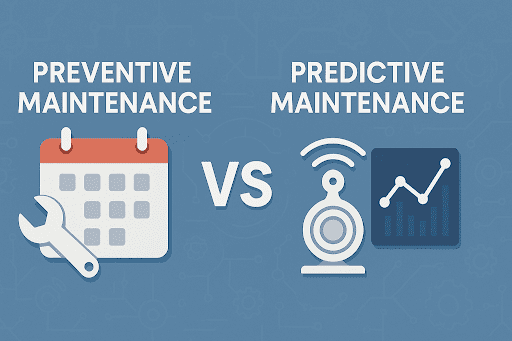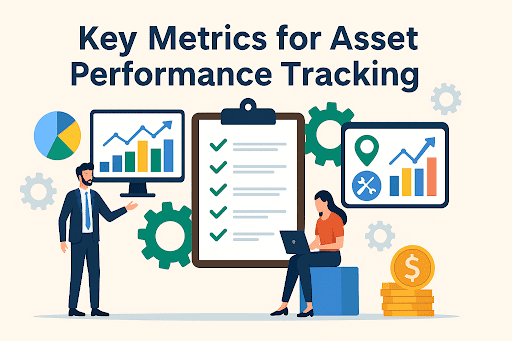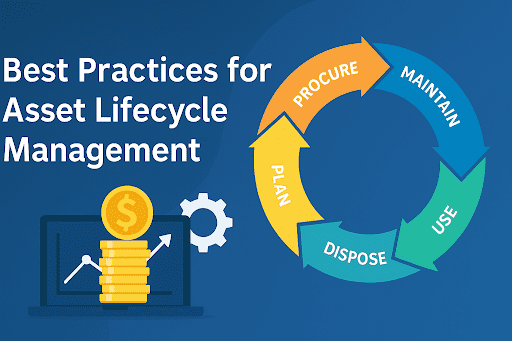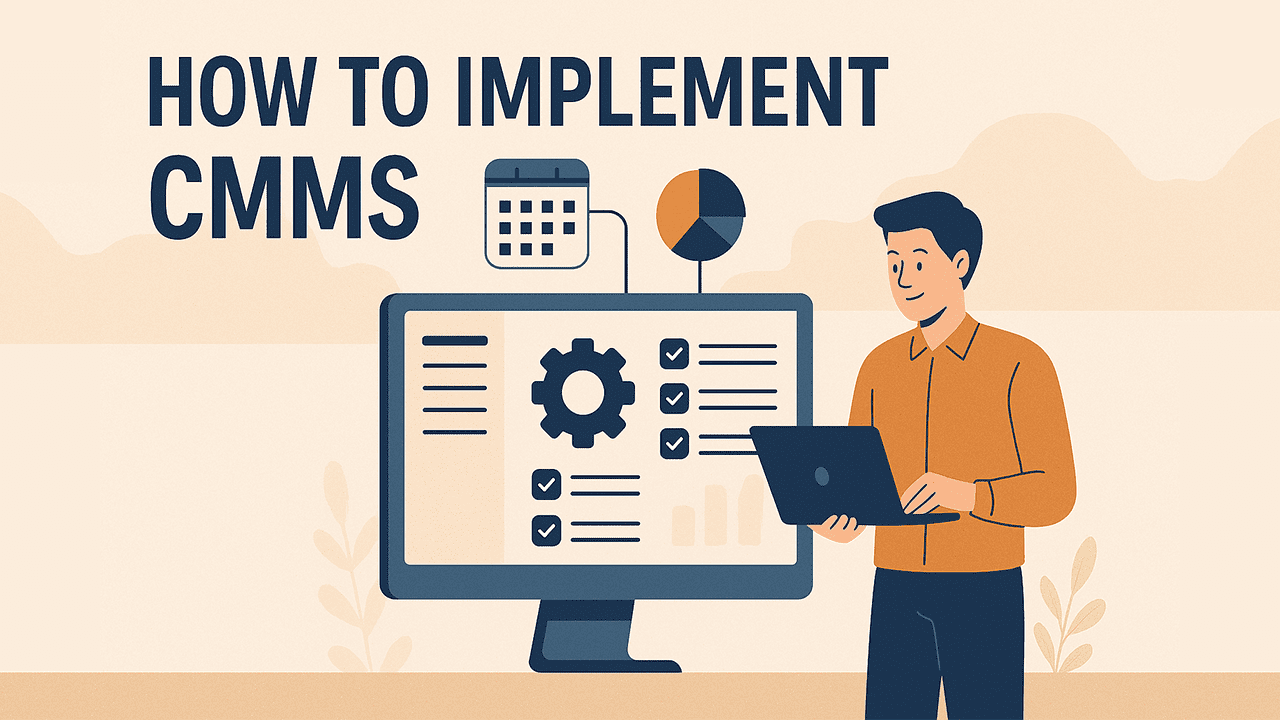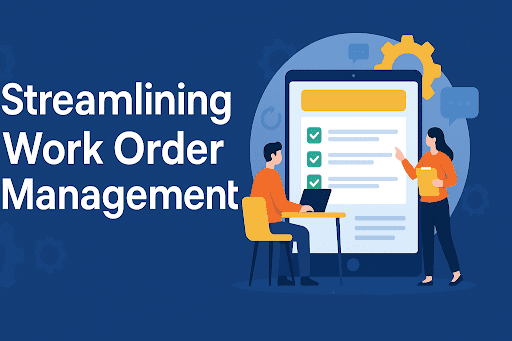 BACK TO Blog
BACK TO Blog
Asset Rental Management
Asset Maintenance
A Ticking Clock: Why Maintenance Backlogs Are a Leadership Concern Every business asset has a lifecycle. When that lifecycle is disrupted by delayed maintenance work orders and unfinished maintenance tasks, operations do not just slow they begin to bleed resources. For many organizations, this delay is not due to negligence.
- July 11, 2025
- DreamzCMMS Team
- 9 minutes read
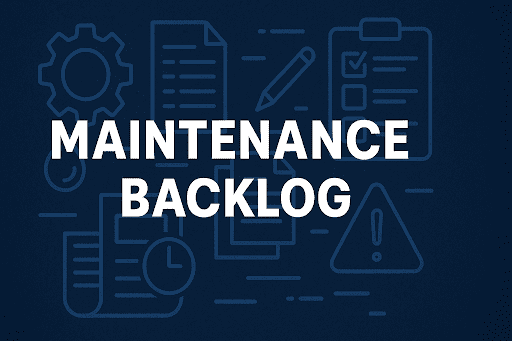
- July 11, 2025
- DreamzCMMS Team
- 9 minutes read
A Ticking Clock: Why Maintenance Backlogs Are a Leadership Concern
Every business asset has a lifecycle. When that lifecycle is disrupted by delayed maintenance work orders and unfinished maintenance tasks, operations do not just slow they begin to bleed resources. For many organizations, this delay is not due to negligence. It is due to the maintenance backlog building up quietly, unseen until critical failures occur.
For C-suite leaders and decision-makers, the backlog is not merely a technical problem, it is a strategic risk. It signals misaligned resource planning, technician scheduling backlog, and a lack of backlog prioritization system. These issues compromise production timelines, inflate maintenance costs, and put asset health in jeopardy.
Modern CMMS to clear maintenance backlog does more than manage work orders. It creates visibility. It brings maintenance workload planning into focus. It enables proactive leadership. By addressing preventive maintenance backlog and deferred maintenance issues, companies regain control over operational stability.
Lifting the Fog: Turning a Pile-Up of Work Orders into Actionable Insight
Imagine arriving at the plant before dawn, steam rising off idle machines, a clipboard in hand. You flip through the pages and realize that yesterday’s numbers do not match today’s reality. Dozens of jobs sit unfinished, technicians are double-booked, and the line that feeds your top customer will stall by noon unless you move fast.
This picture is familiar to every executive who has wrestled with a maintenance backlog. The real problem, however, is not the backlog itself. It is the blind spot that forms when leaders cannot see which tasks matter most.
1 Why Visibility Beats Guesswork
Without structured data, even the sharpest manager is forced to rely on instinct. That is risky. A single overlooked pump can turn deferred maintenance issues into a safety incident, while an unnoticed conveyor fault can spike asset risk from maintenance delays.
This is where backlog tracking in CMMS earns its keep. A modern Computerized Maintenance Management System lays every open work order on the table dates, durations, resources, spares, cost impact so leaders understand the scale, the urgency, and the business exposure. One glance at the dashboard and you know whether the technician scheduling backlog is slipping past acceptable limits or whether a surge in reactive jobs is eating into the preventive maintenance backlog.
What you cannot measure rules you. What you see clearly, you can change deliberately.
2 CMMS to Clear Maintenance Backlog Precision in Motion
A robust CMMS does more than collect data. It converts raw numbers into stories that guide action:
- Maintenance backlog reporting compares planned hours versus actual hours, flagging chronic overruns.
- Maintenance backlog analysis surfaces systemic bottlenecks, parts shortages, training gaps, approval delays so you solve the root, not the symptom.
- Mobile backlog tracking tools push live updates to supervisors in the field, cutting response times and improving accountability.
Executives gain the power to steer resources where they return the highest value whether that is clearing a queue of critical inspections or fast-tracking a work order backlog cleanup on production-grade assets.
Ready for a deeper dive? See how an enterprise-ready platform like Facility Management Software turns numbers into next-hour results.
Strategic Interventions – How Leaders Shrink the Maintenance Backlog Without Disrupting the Floor
Fixing a maintenance backlog is not about checking boxes or racing through overdue tasks. If the plan lacks structure, the same issues will return. What leaders need is a long-term shift one that aligns effort with impact and clears the path for better operations.
Step One Begin Where the Risk Lives
There is a difference between volume and value. Not every open job affects safety or uptime. Some can wait. Others cannot.
A smart first move is to look at asset risk from maintenance delays. Focus attention on the work orders tied to essential systems things that power, cool, or drive production. These are the tasks where delays cost more than money.
A Computerized Maintenance Management System helps identify them quickly. It shows what is late, why it matters, and what should come next.
Step Two Avoid Setting the Team Up to Fall Behind
Many backlogs start with good intentions. A supervisor builds a packed schedule, hoping to push through. But when the list exceeds real capacity, people fall short. That pressure repeats and the backlog grows.
Instead, leaders should use maintenance workload planning tools that reflect the actual hours, shifts, and skills available. A CMMS does this well. It builds schedules based on facts, not guesses.
This change alone reduces spillover and stops small delays from turning into chronic issues.
Step Three Solve the Trouble That Slows the Work
A technician may be ready to do the job, but still cannot finish. The part is missing. The instructions are unclear. The approval never came. These small blocks stack up.
This is where maintenance backlog analysis proves useful. Review the backlog, not just by task but by pattern. See what keeps failing. Spot where the delays begin.
Ready to Regain Control of Your Maintenance Operations?Backlogs do not resolve themselves—but the right system makes all the difference. Whether your team is buried in work orders or struggling with visibility, a smarter approach starts with the right platform.Explore how DreamzCMMS helps leaders turn delayed tasks into data-driven decisions. Prioritize critical assets Automate preventive schedules Track real-time progress anywhere, anytime Request a Free Demo Today and see how your maintenance team can get ahead without adding pressure. |
Sustaining Momentum – Leadership Habits That Keep Backlog from Creeping Back
Reducing a maintenance backlog is a major step. But keeping it from building up again requires steady leadership and the right habits at every level of the organization. Without clear direction, progress can fade, and the backlog quietly returns.
Executives play a vital role in setting the tone. Their choices determine whether backlog management becomes a one-time project or a lasting shift in how the business operates.
Build a Rhythm That Prioritizes the Right Work
One of the simplest ways to prevent new delays is to schedule proactively. Preventive maintenance backlog grows when teams spend too much time reacting to emergencies.
Leadership can change this pattern by pushing for structured, forward-looking schedules. Use maintenance workload planning to ensure capacity is respected and preventive tasks are never sacrificed for last-minute fixes.
When routine work is protected, fewer surprises disrupt the week.
Keep Everyone Aligned Through Visibility
Teams function better when everyone sees the same information. A clear view of what is due, what is at risk, and what has been delayed removes confusion and finger-pointing.
That is where backlog tracking in CMMS becomes more than a tool it becomes a communication standard. Whether on a laptop or through mobile backlog tracking tools, supervisors and technicians can work from one consistent source.
Executives who support this kind of clarity remove barriers that often slow the work down.
Review Patterns, Not Just Numbers
Clearing tasks is important. But understanding the story behind the numbers is what helps a business improve.
With regular maintenance backlog reporting, leaders can spot trends early. Maybe certain locations fall behind more often. Maybe a specific vendor or part always holds up the job. These insights let managers adjust before problems grow.
Maintenance backlog analysis does not require complex models. It just needs attention and time. When leadership carves out space for this review, teams start to work ahead not behind.
Closing Thoughts – What Backlog Reveals About Operational Strength
A maintenance backlog is often misunderstood. It is not just a long list of late jobs. It is a signal, a quiet indicator of how well your business handles stress, complexity, and growth.
Look closely, and you will see what it reflects. It shows whether preventive work is being prioritized. It shows if your scheduling process is realistic. It even hints at how well your teams communicate across shifts, departments, and sites.
What appears as missed maintenance may, in truth, be a sign of system fatigue.
The Executive Perspective: Why It Deserves Attention
When leadership pays attention to backlog, they are not micromanaging operations. They are investing in stability.
A small repair postponed today could mean a shutdown next month. A cluster of unassigned jobs might expose training gaps, supply issues, or missed approvals. These are not minor concerns. They impact output, safety, and cost.
A backlog is not about poor performance. It is about pressure points, those hidden places where teams need support to succeed.
By reviewing backlog regularly, executives gain insight into process maturity and organizational resilience.
Turning Awareness into Action
Choosing the right platform to manage and monitor maintenance activity is critical. DreamzCMMS creates that visibility. It offers structure where chaos used to live and replaces surprises with clarity.
And when leaders build that system into the culture, it becomes easier to stay ahead no matter the workload.
For those seeking to extend this visibility across assets and locations, Asset Maintenance Management Software provides deeper control and real-time awareness, ensuring operational alignment at scale.
Additional Reads for Forward-Thinking Leaders
|
Ready to Eliminate Your Maintenance Backlog—For Good?Backlog is not just a maintenance issue. It is a visibility issue. It is a leadership opportunity.If your teams are constantly catching up, it is time to give them the tools to stay ahead. DreamzCMMS helps organizations shift from reactive firefighting to strategic maintenance planning backed by clear data, automation, and control. Whether you manage a single facility or a nationwide portfolio, our platform scales with your goals and simplifies your operations. Let us help you close the gap between overdue and on-time. Book Your Personalized Demo Now – and take the first step toward a zero-backlog future. |
Ready for More?
Talk to one of our CMMS experts and see how DreamzCMMS can simplify your maintenance operations.
Book a free consultation